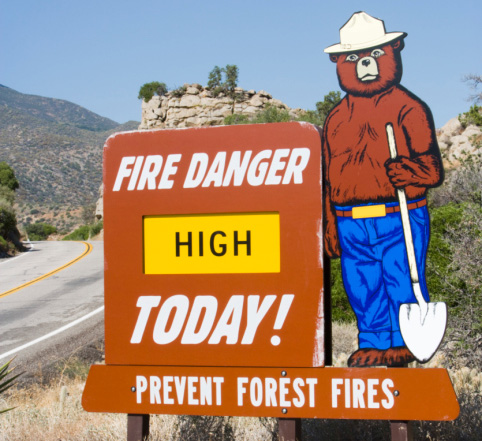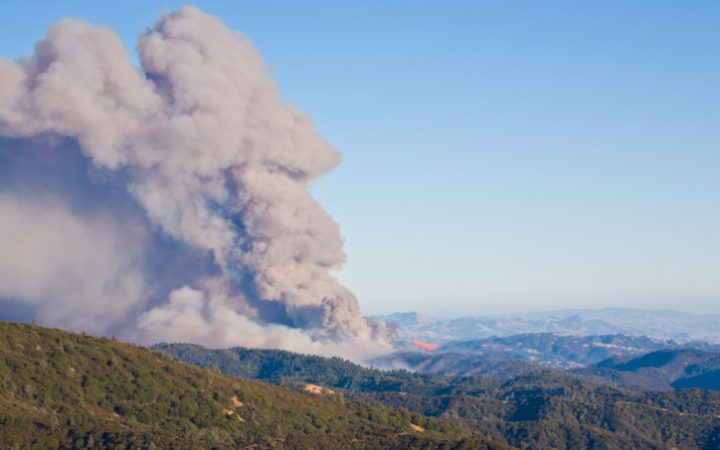Fall seems to be right around the corner, but we’re not out of the woods when it comes to dangerous fires. Already, more than 100 major wildfires have devastated large swaths of land in the American West, and even more fires are expected as more warm weather continues to dry up forested areas.
If you’re traveling in the western states, be aware of possible fire dangers in your area. Monitor the news for outbreaks. For your own safety and comfort, check National Interagency Fire Center website for an up-to-the-minute report on fires, closed areas, weather forecasts and other important news. You do not want to camp in an area threatened by an advancing wildfire, nor do you want to be downwind of a burning fire even miles away. The smoke will make you very uncomfortable and can cause respiratory problems–besides possibly getting in the way of firefighters.
RVers must be especially careful with campfires and barbecues. According to public lands officials, one of the major causes of fire comes from vehicles: dragging equipment, blown tires, or bad wheel bearings can send sparks into and ignite dry grass.
When retiring for the night or leaving your campsite, make sure your campfire is completely out and cold. If the coals are too hot to touch, you haven’t completed your task. Winds can spring up at any time, resuscitating a fire and blowing hot sparks around. When you leave, shovel dirt over your dead fire. And remember, don’t throw unburnable things—cans, bottles, tinfoil, plastic—in the fire.





